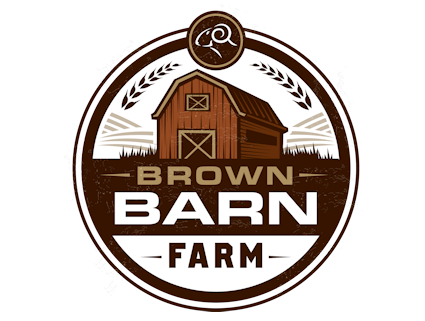Instead of raking leaves and putting them in lawn bags or placing them in a pile to burn, mow them with a mulching mower. As the shredded leaves decompose they will act as a natural fertilizer. If you are using a side-discharge mower begin mowing on the outside edge of your lawn making sure that you mow the leaves toward the middle of the yard. Mowing in this pattern also allows you to mow over the leaves more than once and keeps them from ending up on your driveway and the road. If the leaves are still in fairly large pieces after your first pass go back over them a second or third time until they are shredded.
When to Mulch
The optimum time to shred fallen leaves is when you can still see some grass poking up through them and when thy are fairly dry. Depending on the number and size of trees on your property you may need to mow your yard more than once a week.
What Not to Do
Don’t wait until spring to mulch leaves or spread them on landscaped beds. If you place leaves on garden beds in the fall and mulch them on your lawn in the fall they will biodegrade almost completely by spring. If leaves are not placed on garden beds until spring the decomposition process will compete with plants for nutrients just when the plants need it most.
Why Mulching Works
Micro-organisms that live in the soil break down organic material such as leaves, worms also get in on the action. The roots of some grasses such as fescue grow slowly in the fall and mild winter. The decaying action of mulched leaves left on the yard will provide these roots with nutrients. Mulched leaves will biodegrade and disappear from the lawn by spring. The same type of activity with micro-organisms and worms that are happening in the lawn area is also happening in landscape and vegetable beds.
Benefits
Shredding leaves with a mulching mower will save homeowners time and money. Mulching is faster and far easier on the back than raking. It’s also easier on the wallet. The decomposing leaves and grass cover the soil between the individual grass plants where weeds can germinate. Research has shown that homeowners can attain a nearly 50 percent decrease in dandelions and crabgrass after mulching fall leaves for just three years.
In addition to reducing the occurrence of weeds and the need to spend money on fertilizer, mulched leaves keep the soil warmer in winter and cooler in summer. The nutrients provided by mulching reduce the amount and expense of fertilizer needed to achieve green-up in the spring. Phosphorus and potassium are just a couple of the elements that pack a healthy punch for your lawn. Leaves also support a stronger soil structure and improve its water absorbency. We all know how beneficial earthworms are to our yards. It just so happens that leaf litter is one of their favorite foods.
Enjoy Your Leaves and Your Worms!
Brown Barn Farm


Comments
Great information and easy to do. It really does make a big difference in the lawn….and your back.
Thanks Jim,
Your correct. The yard benefits from the mulched up leaves and your back can take a break.